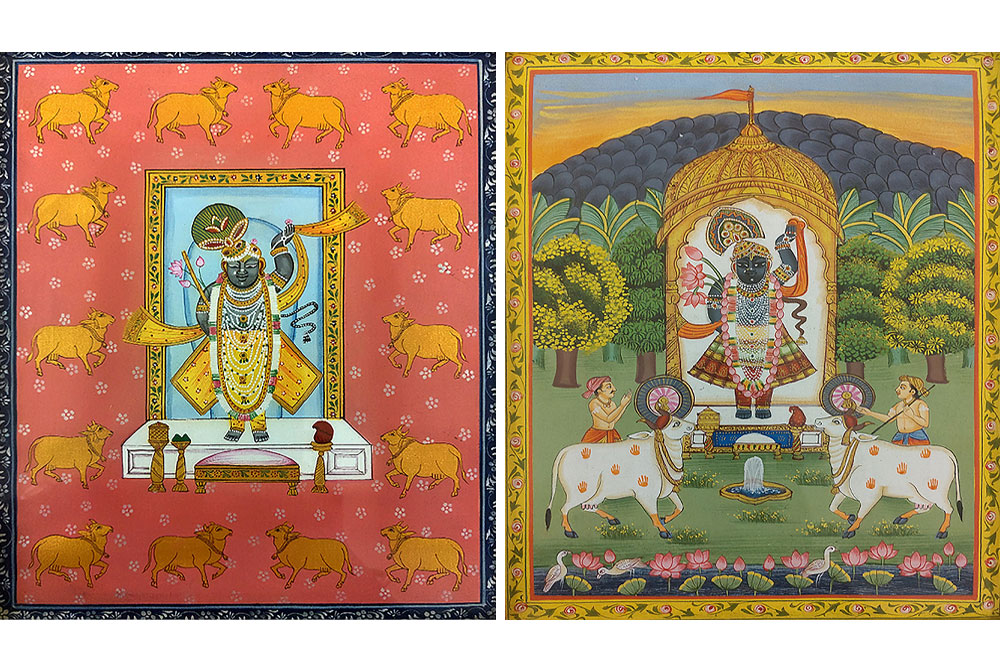Art is more than just visual expression—it is a bridge that connects us with our roots, heritage, and collective history. Among the vast and evolving art world, the charm of traditional art continues to hold a timeless appeal. While contemporary and abstract works are highly celebrated, it is the Traditional-art gallery that allows us to step back in time and immerse ourselves in the depth of culture, mythology, and folk traditions. These galleries are not just spaces filled with paintings and sculptures; they are living museums that preserve and showcase the artistic brilliance of generations gone by.
Why Traditional Art Matters
Traditional art has always been a medium to narrate stories, celebrate rituals, and immortalize moments of life and faith. Be it the intricate Pichwai paintings from Rajasthan, the colorful Madhubani art of Bihar, or the Gond tribal paintings of central India, each art form carries layers of meaning and symbolism. They reflect society’s beliefs, customs, and values, capturing the essence of spirituality, community, and nature. Unlike modern works, which often focus on innovation and experimentation, traditional art emphasizes continuity and preservation of age-old techniques.
These art forms are not created solely for decoration but are deeply rooted in cultural and religious practices. For example, a Warli painting isn’t just a striking design; it depicts harvests, festivals, and the daily rhythms of tribal life. Similarly, Thangka paintings from Tibet serve as sacred visual aids in meditation and spiritual rituals. Each stroke, color, and motif tells a story that goes beyond aesthetics.
What You Experience in a Traditional-Art Gallery
Visiting a Traditional-art gallery is unlike any other art experience. The moment you step inside, you are welcomed into a world that feels both sacred and familiar. The walls often feature works created with natural dyes, earthy tones, and handmade materials, which carry an authenticity that modern synthetic techniques cannot replicate.
You might find large murals narrating mythological tales, delicate miniature paintings highlighting royal life, or tribal artworks that celebrate the harmony between man and nature. Sculptures made of bronze, terracotta, and wood further enhance the diversity of traditional craftsmanship. The atmosphere in such galleries is often calm and meditative, encouraging visitors to slow down and truly engage with the art.
Supporting Artisans and Preserving Heritage
Traditional art is kept alive not just by galleries but also by the countless artisans and families who dedicate their lives to these crafts. Many of them belong to communities where the skills are passed down through generations. By showcasing their work, galleries provide these artisans with recognition, income, and a platform to reach global audiences.
However, in today’s digital and fast-paced world, traditional art forms face challenges of fading interest and lack of awareness. Younger generations sometimes drift toward modern artistic expressions, leaving behind the cultural wealth of their ancestors. This is why visiting and supporting traditional-art spaces is essential—it ensures that these timeless art forms are not only preserved but also celebrated.
Traditional Art in Modern Homes
Interestingly, traditional art is now finding its way into contemporary spaces, blending heritage with modern living. Homeowners and interior designers are increasingly incorporating traditional paintings and sculptures into urban homes to create unique atmospheres. A Madhubani artwork can add vibrancy to a modern living room, while a Pichwai painting can bring spiritual calmness to a meditation corner. By integrating these works, people not only enhance their décor but also keep cultural traditions alive.
The Emotional Connection
One of the most profound aspects of traditional art is its ability to connect emotionally with viewers. Whether it’s nostalgia for childhood memories, reverence for spiritual deities, or admiration for rural life, traditional art evokes feelings that transcend time and place. Unlike some forms of contemporary art that can feel distant or conceptual, traditional art communicates directly with the heart.
Final Thoughts
A Traditional-art gallery is more than a physical space—it is a guardian of culture, heritage, and collective memory. By visiting, appreciating, and supporting such galleries, we not only celebrate the beauty of art but also contribute to preserving traditions that define our identity. In a world where change is constant, traditional art reminds us of our roots and the timeless values that continue to shape humanity.



